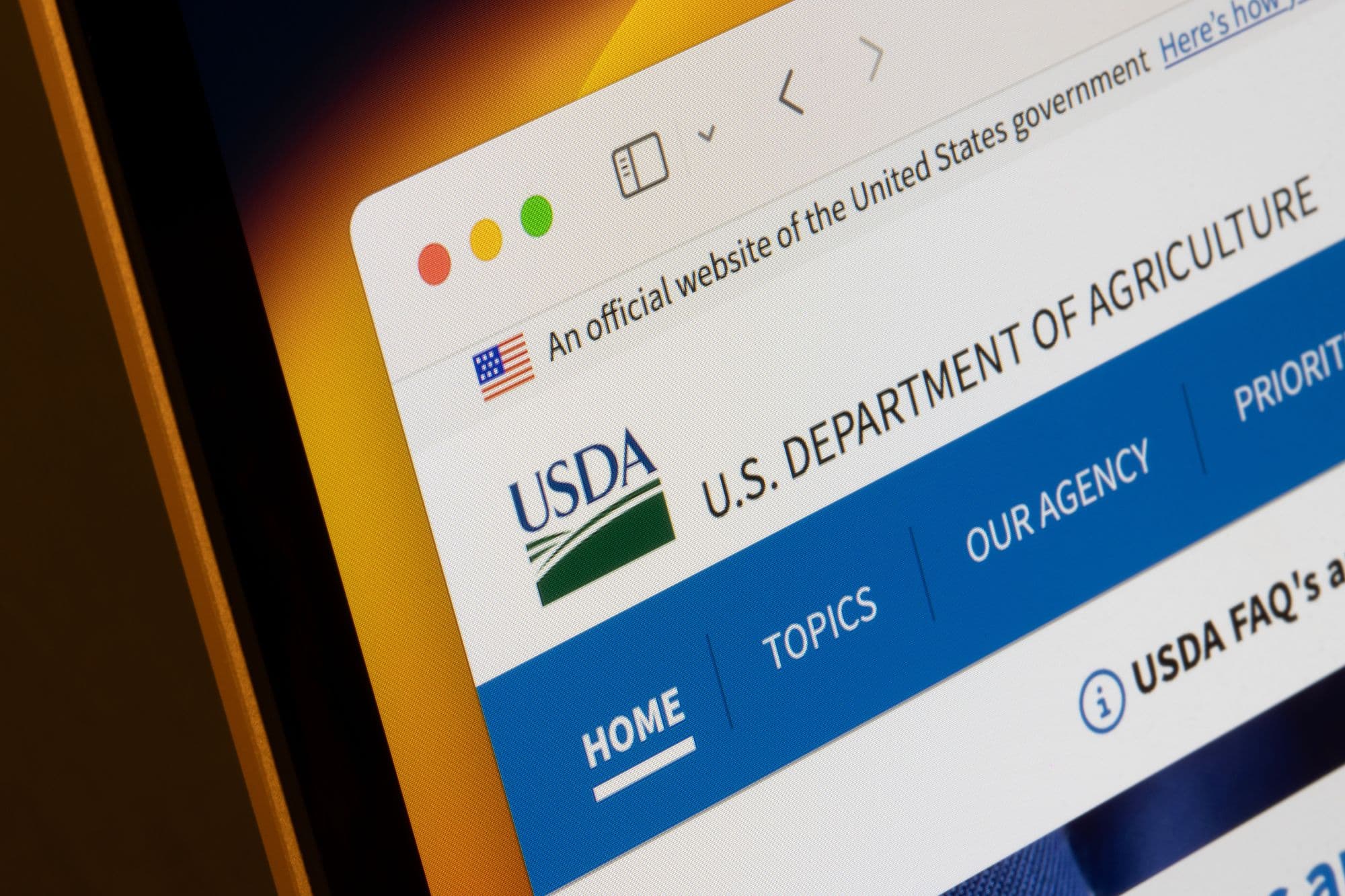How Does Rent to Own Work? [Your 2024 Guide]
![How Does Rent to Own Work? [Your 2024 Guide]](/_next/image/?url=https%3A%2F%2Fs3-us-west-2.amazonaws.com%2Fwhatsmypayment.com%2Fcontent%2Fimages%2F2024%2F10%2FHow-Does-Rent-to-Own-Work.png&w=3840&q=75)
If you’re looking to buy a home but aren’t quite ready to commit financially, the rent-to-own option might be the perfect middle ground. Rent-to-own offers an alternative path to homeownership for those who may need more time to save up for a down payment, improve their credit, or feel more secure in their buying decision.
In this guide, we’ll break down how rent-to-own works, who it’s for, and the key things to keep in mind as you navigate this option in 2024.
What is Rent to Own?
Rent-to-own is a type of housing agreement that allows you to rent a property for a specific period with the option to purchase it at the end of the lease. It combines elements of renting and buying, giving you time to save for a down payment or improve your financial situation before fully committing to buying the property.
How It Works:
- Renting with a Purchase Option – You sign a lease to rent the home for a set term (usually 1 to 3 years), with the option to buy the property when the lease ends.
- Purchase Price Agreement – The purchase price is typically agreed upon at the start of the lease, locking it in for the future. This can be an advantage if property values rise during your rental period.
- Rent Payments – Your monthly rent may be higher than typical market rent because a portion of it (often called “rent credit”) goes toward your future down payment.
Types of Rent-to-Own Agreements
There are two primary types of rent-to-own agreements, and it’s important to know the difference:
Lease Option
With a lease option, you have the right but not the obligation to buy the home at the end of the lease. If you decide not to purchase the property, you can simply walk away, though you won’t get any of your rent credits or option fees back.
Lease-Purchase
In a lease-purchase agreement, you’re obligated to buy the home once the lease term ends. This means you must be prepared to secure financing by the end of the rental period. If you’re unsure about your ability to buy, a lease option might be a safer bet.
Key Components of Rent-to-Own Agreements
Option Fee
The option fee is a non-refundable fee you pay upfront to secure your right to purchase the home in the future. This fee typically ranges from 1% to 5% of the purchase price and can sometimes be applied to the down payment if you decide to buy the house.
Rent Premium
In rent-to-own agreements, you may pay a rent premium, which is an additional amount added to your regular rent. This premium is credited toward the purchase of the home, helping you build equity while renting.
Rent Credits
A portion of your monthly rent, known as rent credits, is set aside and applied toward your down payment or the home’s purchase price. It’s a helpful way to accumulate some equity over time, even while you’re still renting.
Who Should Consider Rent to Own?
Rent-to-own agreements can be ideal for:
- People with Limited Savings: If you don’t have enough for a down payment yet, rent-to-own allows you to start moving toward ownership while you save.
- Those with Poor Credit: If your credit score is currently preventing you from getting a mortgage, rent-to-own gives you time to improve your credit while still securing a home.
- First-Time Buyers: This option can be helpful if you’re a first-time homebuyer who wants to “test drive” a house before fully committing to the purchase.
- Buyers in Competitive Markets: Rent-to-own can lock in a property at today’s prices, which is useful in areas where home values are rising quickly.
Pros and Cons of Rent to Own
Pros:
- Time to Improve Finances: Rent-to-own gives you extra time to build savings and improve your credit score.
- Locked-In Purchase Price: You’ll lock in the purchase price when you sign the agreement, which can protect you from rising home values.
- Build Equity While Renting: Rent credits help you build up equity, giving you a head start on homeownership.
- No Need to Move Twice: You get to live in the home while preparing to buy it, saving you the hassle of moving twice.
Cons:
- Non-Refundable Fees: The option fee is non-refundable, so if you decide not to buy the home, you’ll lose that money.
- Higher Rent Payments: Rent payments may be higher due to rent premiums, which can stretch your budget.
- Risk of Market Decline: If property values decrease, you could end up paying more than the home is worth when it’s time to buy.
- Obligation with Lease-Purchase: In a lease-purchase agreement, you’re required to buy the home, which can be risky if your financial situation doesn’t improve.
Steps to a Successful Rent-to-Own Agreement
To ensure success with a rent-to-own agreement, follow these steps:
1. Understand the Terms
Before signing, make sure you understand all the details of the contract, including the purchase price, the option fee, and how much of your rent will go toward the purchase.
2. Hire a Real Estate Professional
Working with a real estate agent or attorney is crucial to protect your interests and ensure the agreement is fair and transparent.
3. Improve Your Financial Situation
Use the rental period to save money, build your credit, and secure financing. Make sure you’re actively working toward being able to qualify for a mortgage by the end of the lease.
4. Get a Home Inspection
Treat the rent-to-own process like any other home purchase and get the property inspected before you sign. This helps you avoid costly surprises down the road.
Is Rent to Own Right for You in 2024?
Rent-to-own is a great option for many aspiring homeowners, but it’s not for everyone. It’s essential to evaluate your financial situation and future goals before committing to a rent-to-own agreement. If you’re confident you can improve your credit, save for a down payment, and secure a mortgage in a few years, this path might be the perfect fit.
Frequently Asked Questions (FAQs)
1. What happens if I decide not to buy the home in a rent-to-own agreement?
If you have a lease option agreement, you can choose not to buy the home, but you’ll lose any option fees and rent credits you’ve paid. In a lease-purchase agreement, you are obligated to buy the home, and deciding not to can have legal consequences.
2. Is rent-to-own a good idea if I have bad credit?
Yes, rent-to-own can be a good option for individuals with bad credit. It gives you time to improve your credit score while locking in the ability to buy the home later.
3. How much of my rent goes toward buying the home?
This depends on your agreement. Typically, a portion of your rent, known as rent credits, is applied toward the future purchase price, but the exact amount will vary.
Rent-to-own can be a valuable stepping stone toward homeownership, especially if you need more time to get your finances in order. With the right approach and preparation, you could turn your rental into your dream home in 2024.
Read More
Top 10 Cheapest Places to Live in the US (2025-2026)
Cheapest places to live in 2025–2026 include Toledo, Fort Wayne, Wichita, and Little Rock. See top affordable US cities for housing and cost of living.
Handling Unexpected Home Costs With Same Day Loan Options
Handle surprise home expenses fast. Learn how same-day loan options help cover urgent repairs and moving costs without disrupting your mortgage plans.
What Are Mortgage Points and Are They Worth Buying?
Mortgage points let you buy a lower interest rate. Learn how they work, how much they cost, and whether buying points actually saves you money.
What Is a USDA Guarantee Fee and How Does It Work?
Learn what a USDA guarantee fee is, how it works, current rates, and how it affects your monthly mortgage payment in 2025.
Guide to First-Time Home Buyer Grants
Discover first-time home buyer grants in 2025, how they work, who qualifies, and how they can lower your down payment and closing costs.
How to Get a Mortgage Pre-Approval In 5 Easy Steps
Learn how to get a mortgage pre-approval in 5 easy steps. Discover the benefits, required documents, and when to apply before buying a home.







